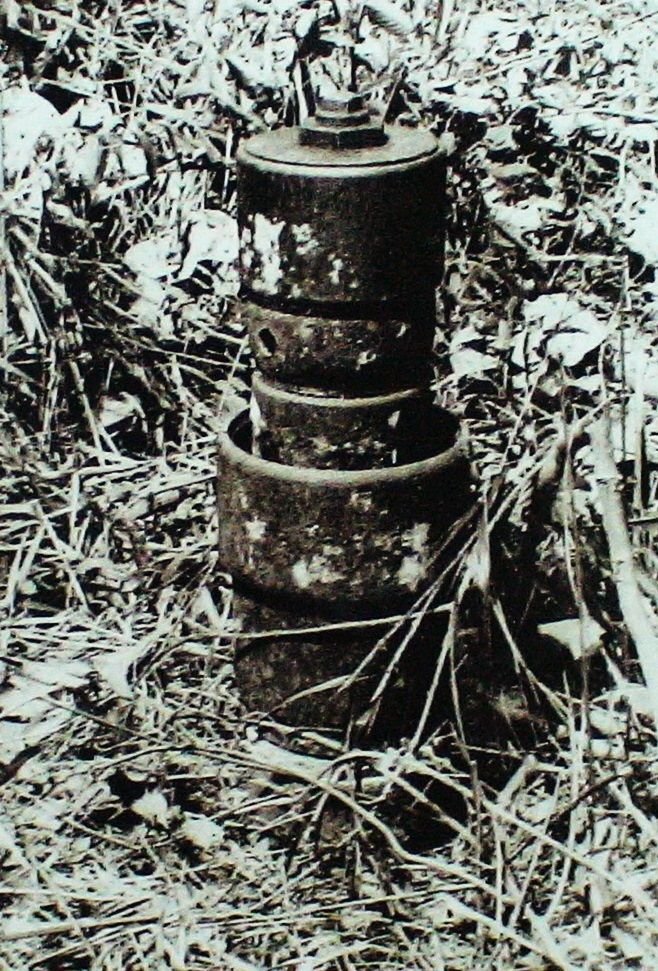
Aeilko Jans Zijklert, a 20-yer-old tobacco planter in East Java, moved to Sumatra's East Coast in 1880 as soon as government declared this area open for plantations . During his travels around the island, he had come across traces of oil which on analysis proved to contain about 62 per cent paraffin (sometimes called kerosene).
Delighted with his discovery, he resigned his position, acquired a licence from the local ruler, the Sultan of Langkat, and by 1884 had raised sufficient money to drill his first well. It was dry. In the following year, he tried again at Telaga Said near the village of Pangkalan Brandan in North Sumatra.
This time he was sucessful. He struck oil and his new well, known as Telaga Tunggal No 1, began to produce in commercial quantities. this well is called Telaga Tunggal No. 1, located in the Telaga Said concession area.
By 1890, Zijlker felt confident enough to convert his "Provisional Sumatra Petroleum Company" into something more substantial, and on June 16 the company charter of the "Royal Dutch Company for the Working of Petroleum Wells in the Dutch Indies" was executed in The Hague.
When Zijklert died in December 27, 1890, his colleague De Gelder tackled the job of finding new oil fields and developing the company. The company's administrative's base was established at Pangkalan Brandan. Work began on building facilities nearby Pangkalan Susu to handle ocean shipments.
By 1898, Royal Dutch has completed construction of the storage and harbour facilities that were to make Pangkalan Susu Indonesia's first oil shipping port. Meanwhile in Kalimantan in 1897 Shell Transport and Trading Company Ltd. discovered oil in Eastern Borneo (East Kalimantan) and in the same year it set up a small refinery at Balikpapan, which started in 1899.

in 1885, Aeilko Jans Zijlker drilled Telaga Tunggal 1 Well in Telaga Said village, North Sumatra.
Hi! I am a robot. I just upvoted you! I found similar content that readers might be interested in:
https://www.shell.co.id/en_id/about-us/who-we-are/history-of-shell-in-indonesia.html